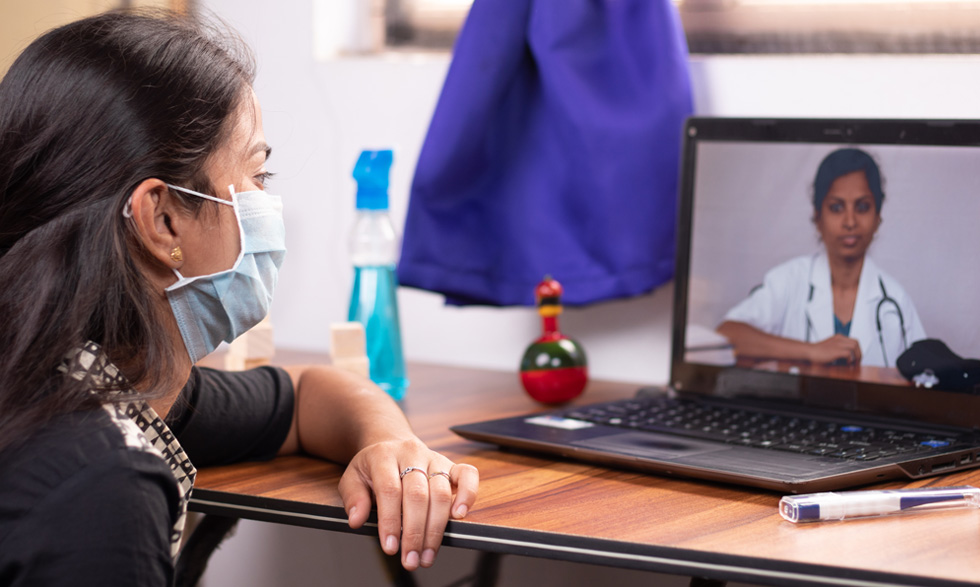
Last updated on August 6th, 2024 at 01:18 pm
Ongoing uncertainty, being alone, and not being able to get treatment. In many ways, the widespread challenges the COVID-19 pandemic created were already too familiar to members of the rare disease community. Now there was a new concern for people with rare diseases: how would COVID impact their specific disorder?
The pandemic has dramatically changed the world we live in. For people with a rare disease, many of the things that have been hard in the past have become even more difficult, and new challenges have appeared. Despite this, the pandemic has led to promising developments in rare disease research – a silver lining of this difficult time.
Working together on rare disease research
The Rare Diseases Clinical Research Network (RDCRN), led by the National Center for Advancing Translational Sciences (NCATS), is made up of 9 NIH Institutes and Centers along with rare disease patient advocacy groups. Together the RDCRN group studies over 200 rare diseases to learn more about how they start, progress, and how to improve diagnoses and treatments.
The pandemic affects access to care
To learn about how COVID-19 has impacted rare disease patients and provide better support for this community, RDCRN surveyed rare disease patients, their families, and caregivers about their experiences. They found this community has been deeply affected by the pandemic.
Between cancelled and delayed appointments, long waitlists, and concerns about getting infected, the pandemic has made it harder for people to get medical care, which is especially important for the rare disease community. It’s not always easy to know when to seek medical care – especially if you’re immunocompromised (which means your body can’t fight disease) – and the pandemic made it even harder for people with rare diseases to get access to:
- Routine (regular) and preventive health care
- Treatments to help manage their disease – including special diets, medications, and therapies
- Testing and medical help for COVID-19 – which means that many rare disease patients aren’t sure if they’ve been infected or not
Although most people who were infected with COVID-19 only had mild symptoms, some in the rare disease community said the virus made some symptoms of their rare disease worse.
Luckily, telehealth has become more available because of the pandemic, which means it’s becoming easier to get care without needing to worry about getting exposed to COVID-19. It also means many rare disease patients won’t need to travel such long distances to see rare disease specialists.
COVID-19 innovations benefit rare disease research
Only about 5% of rare diseases have a treatment that’s approved by the Food and Drug Administration (FDA). Research and development for new treatments can be painfully slow.
The pandemic caused delays and shutdowns for clinical studies and laboratories – including those studying and developing treatments for rare diseases. Figuring out how to research in these uncertain times has led to innovative changes in the research world that could have a lasting benefit for rare disease patients:
- Virtual research. Research institutions are moving towards virtual clinical trials, and the FDA has introduced new, more flexible guidelines. Virtual research means more rare disease patients will be able to take part in clinical trials and get new, promising treatments.
- Learning more about the biology of COVID-19. Studying COVID-19’s biology is also helping researchers find better ways to treat COVID-19 in rare disease patients.
- Using old drugs in new ways. Finding new uses for approved drugs (called “drug repurposing”) cuts down on FDA approval time, so as part of their pandemic response the NCATS team developed a new resource for scientists called OpenData Portal to share information about COVID-19 drugs. Drug repurposing and data sharing platforms like help to overcome some of the challenges of developing new treatments for rare diseases – like time, resources, and logistics – and get new, safe treatments to patients, faster.
